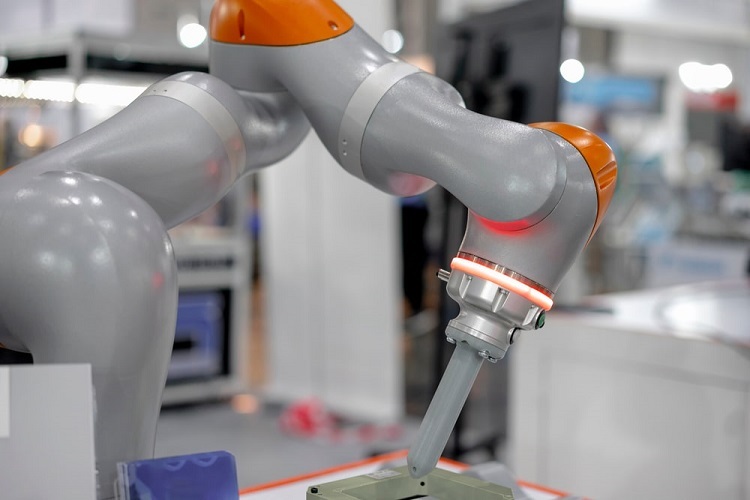The process of choosing the best freight services for your business is not easy. There are so many factors you should take into account! The coverage area, costs, the quality of support, the availability (or absence) of extra options – it’s not the whole list of points you have to pay attention to. No wonder, entrepreneurs may be surprised when they meet such weird expressions “We use cobots” in the descriptions of different logistics companies. It’s clear cobots have something in common with robots. But what are the differences? If you are interested in this issue, the following information may be rather helpful for you.
Cobots stand for collaborative robots. They are machines that are able to cooperate with humans. Cobots are able to perform a wide spectrum of actions. The most common of them are co-manipulation, hand-over, assembly, fetch, pick-and-place, illumination, and inspection. At the same time, you should keep in mind that machines work slowly to prevent hazardous situations for the people working with them.
It should be highlighted that collaborative robots themselves have lots of advantages you have to consider. Thus, they are flexible, small in size, and easy to install. It goes without saying that freight forwarding is a complicated process. Innovative technologies allow making it easier and more convenient. Learn more about Cobots at https://bringingcreativity2life.com
There are several ways the logistics industry is able to benefit from the use of cobots. They are:
● The possibility to get rid of the necessity to do lots of repetitive tasks day after day.
This feature allows making the process of cargo transportation faster. It’s of prime importance for expedited shipping. Humans are able to spend whole ages on such tasks. Cobots complete them as soon as possible.
● Reduced costs.
Although you are not to reduce the number of workers when implementing collaborative robots, you still are to reduce expenditures. The thing is it becomes possible to complete some actions faster and fulfill more orders.
● Fewer errors.
Collaborative robots do fewer mistakes than humans do. It allows not only speeding the transportation process and avoiding possible damages but also pleasing clients. Moreover, it allows saving costs and nerves.
● The possibility to deal with different types of cargo without large effort.
There are different load capacities of models. Depending on the needs of your company, it’s possible to use machines for heavy or light loads. You can hardly find a better solution when it comes to dealing with hazardous cargo.
It’s only a few benefits you should consider. With the development of technologies, their number is to be increased. At the moment, there are four main types of collaborative robots. They are power and force limiting, safety monitored stop, speed and separation, and hand guiding. Moreover, it’s necessary to take into account that modern technologies require proper maintenance. It may be also necessary to retrain the workers in order to teach them to work with cobots.
So, collaborative robots are likely to become an integral part of the future logistics industry. Nowadays only a few huge corporations are able to use them while dealing with freight forwarding. The benefits are undisputed.









